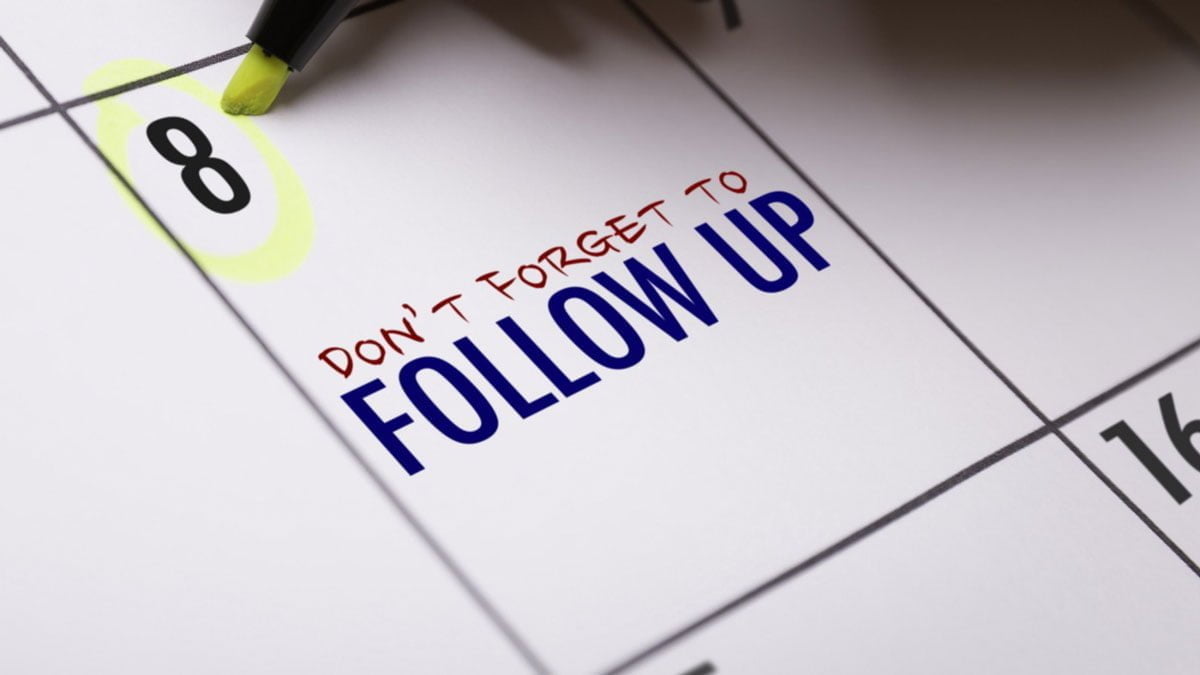Whoever is in B2B Sales we all know one thing – “Follow-ups” matter and many a time, its the reason for Sellers winning and not winning the deal.
In a typical B2B Sales company, the seller does multiple activities viz. prospecting, qualifying, mapping stakeholders, proposal making, negotiation & closing.
Two activities are the most cumbersome – Prospecting and Follow-ups.
In this blog, I’ll share my thoughts on some of the best practices I have observed great sales professionals demonstrate.
Average hardworking seller also does follow-ups with his prospects. But his follow-ups are mainly on the following lines:
” Sir/Madam, have you decided on our proposal? Further progress on our discussion? etc “
There is a reason why few sellers are considered as “Superstar Sales Professionals”.
They approach the entire customer facing cycle differently.
Please find below the “follow up” approach demonstrated by successful sales professionals :
Credibility: They ensure that, with every interaction their credibility improves in customer’s mind. So they prepare for every “follow up” call.
Some of the information they uncover during follow up interactions are as under:
1. If There Has Been Slow/No Movement on the Deal
Instead of doing a cold follow up with the customer, successful sellers would ask – reason/s for slow movement and if the project is still valid or if timing priority has changed?
2. People
Who are the other stakeholders involved and what is their response to the seller’s proposal Especially those customer decision influencers with “High Degree of Influence”.
3. Veto’s View
Great seller usually tries to find out who is the final decision maker ( An influencer with a Veto) and during her follow-up interactions, she will try to understand “Veto’s” views about her solution.
4. ROI / Value
Great seller knows that customer will buy her solution provided customer sees strong value. This value can be in terms of faster/better/cheaper/convenience etc.
During follow up conversations, the seller tries to uncover this information if her solution is creating a value/ROI for key stakeholders and if yes – what would be that ROI ?
She will also ask her customer contact – Are you convinced with my proposal ? Am I uniquely differentiated ?
Lot of times, sellers don’t have access to all decision influencers and their customer touchpoints manage seller’s proposal internally. Unless these customer contacts are convinced themselves, they won’t be able to stand for the seller’s proposal during internal discussions.
5. Any Open Items
The seller would ask – if there are any open items – any clarifications, concerns, or if the customer needs more information?
6. Uncovering Missing/ Unknown Information
For every Sales opportunity, there would be some missing information (eg. customer’s buying process, role of internal resources, any new people involved etc).
Great seller would also try to minimize all missing information and progresses towards winning the deal or if she is eventually going to lose, she will lose it faster with these uncovered information).
Great sellers are also quite good at qualifying the deals, she will ensure all important information ( to help her qualify in/out) is uncovered during each follow up conversation.
7. Get Into the Customer’s Mind
Few sales professionals have developed a great skill to think like the customer.
The seller will make points or ask questions about which customer is anyway thinking. This completely opens the conversation and the customer starts trusting the seller. With every follow-up interaction, the seller helps the customer’s decision-making simple and develops customer contact into the seller’s Coach.
8. Pre-empt Customer
Great sellers are able to pre-empt customer’s responses/questions and prepare their responses/answers. Few customer scenarios are :
- The customer does not have any updates. It’s there with higher-ups.
- The customer shows indifference/skepticism or claims to prefer the competition’s proposal.
- Customer claims your pricing is high.
9. Aligning to Customer Contact’s Language
Average hardworking sellers do Carpet Bombing. Great seller tweaks her language depending on which customer type she is talking.
For eg- If she is speaking with “Veto”, the seller will try to talk more about “ROI” and “Organization Impact” instead of “Features”.
10. Simulate the Call
They simulate the entire conversation in their mind before the actual conversation.
I am not saying that the call will go as per the seller’s simulation. But the research says – Sales Reps who prepare more, win more.
Visualizing the call (before the actual call) will help the seller to be ready with minor (but important) details that otherwise would have been missed.
My experience says, after a few interactions, the above becomes a part of the Sales Rep’s DNA and the probability of “Good Follow up calls” will keep increasing compared to “standard no/low-value follow-ups”.
In our B2B Sales Consulting, we learned to identify 20% of interventions that would have an 80% impact on “ROI”. “Follow-ups Best Practices” falls in this segment.






